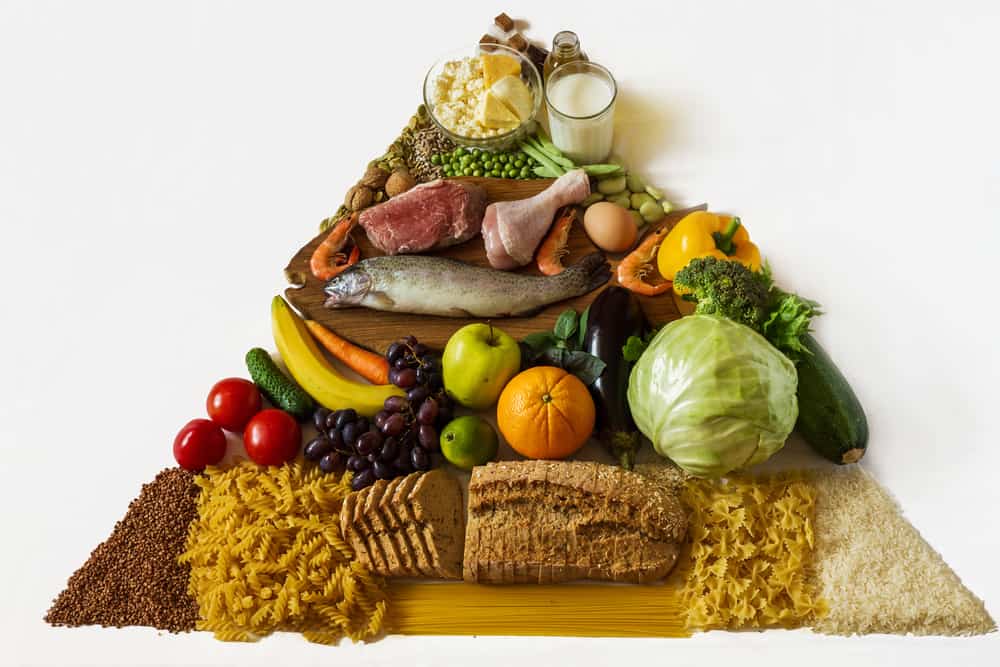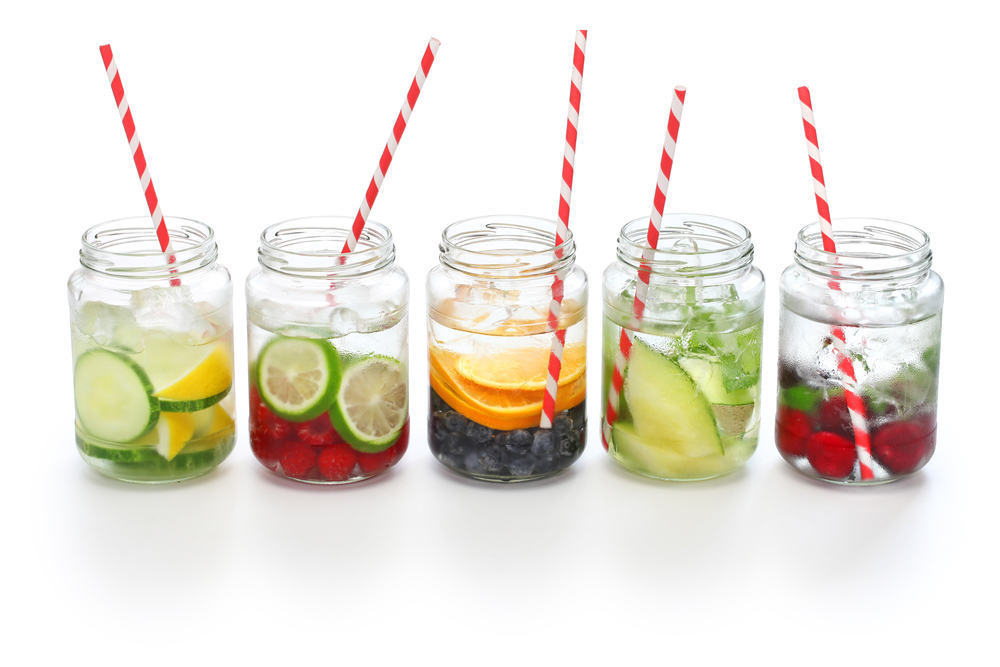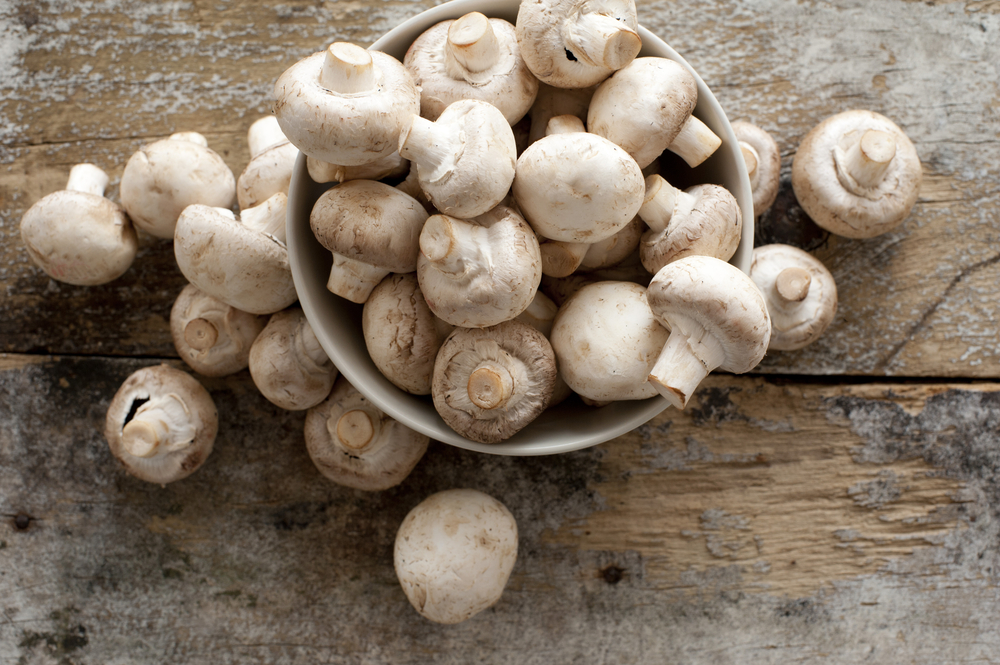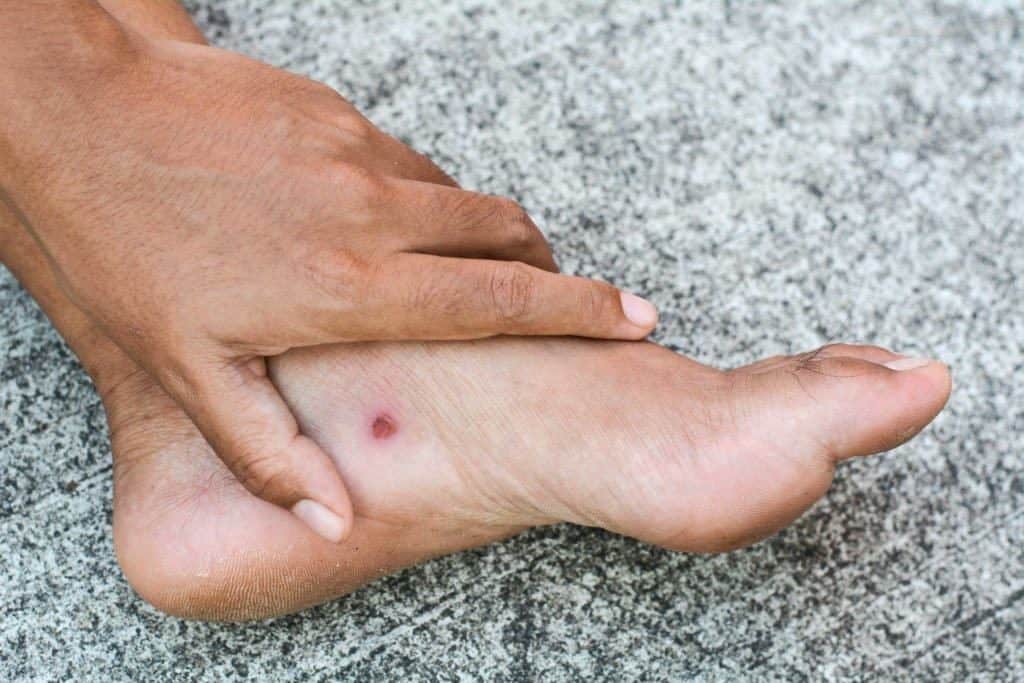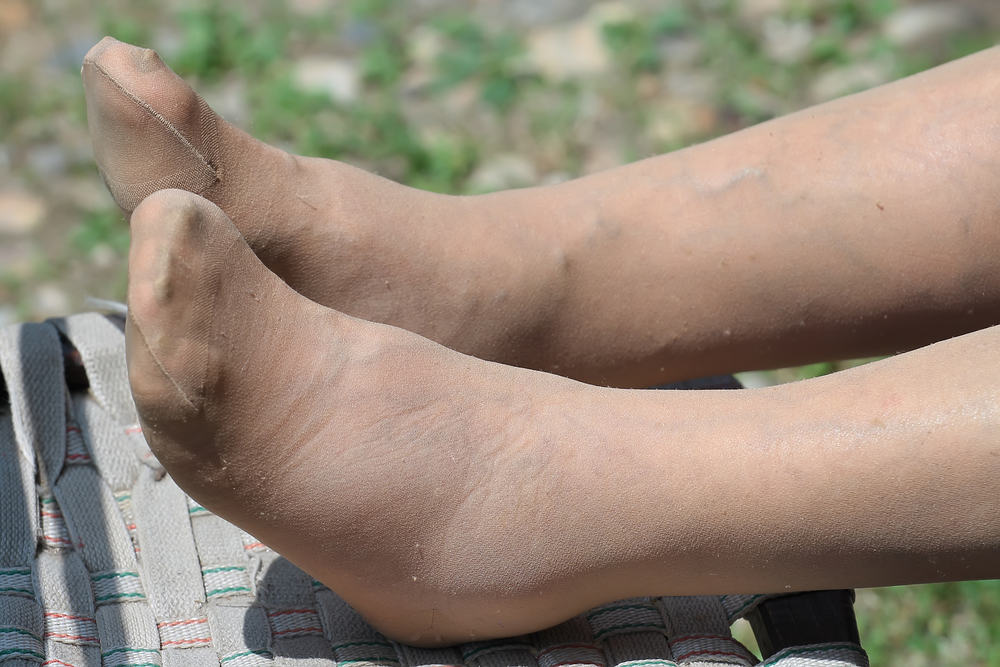Contents:
- Tumpeng Balanced Nutrition, a food pyramid that is better than "4 perfectly healthy 5"
- Design a healthy diet based on the recommendations of Balanced Nutrition Tumpeng
- 1. Portion of staple food
- 2. Portions of fruits and vegetables
- 3. Portion of protein sources
- 4. Portions of salt, sugar, oil
- 5. Portion of drinking water
- Don't forget to maintain personal hygiene and exercise regularly
Did you know that the ideal diet for each country is different? Yes, this is influenced by nutritional needs, natural resources, physical and racial conditions of every inhabitant of the world, to the condition of each country which is certainly also different. This dietary guide is usually described in a visual form. There are pagodas, tops and pyramids. Indonesia uses a food pyramid calledBalanced Tumpeng Nutrition. What is this diet guide like?
Tumpeng Balanced Nutrition, a food pyramid that is better than "4 perfectly healthy 5"
Reported on the RI Ministry of Health website, Balanced Nutrition Tumpeng is designed to improvethe old principle "4 healthy 5 perfect" which is considered no longer appropriate. Balanced Tumpeng nutrition not only contains healthy eating guidelines, but guidelines for overall healthy lifestyles which include physical activity and personal hygiene.
Here is a picture of the food pyramid that applies in Indonesia:
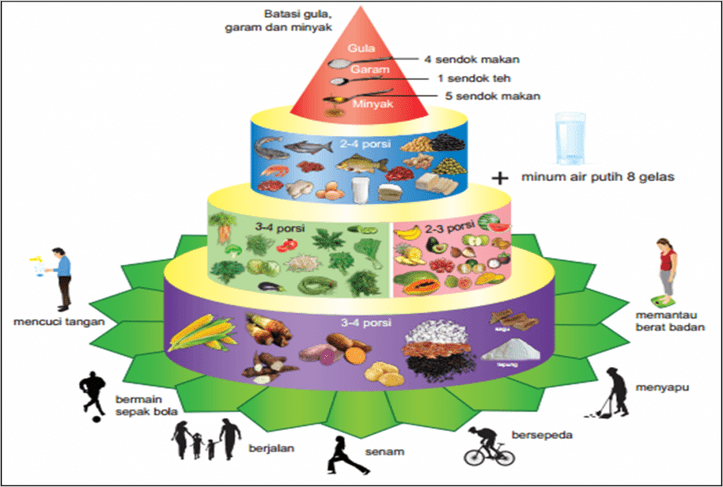
This new guide has 10 messages related to food, nutrition, and health.
- Thank God and enjoy a variety of foods
- Eat lots of vegetables and enough fruits
- Get used to consuming side dishes that contain high protein
- Make it a habit to consume a variety of staple foods
- Limit consumption of sweet, salty and fatty foods
- Get used to breakfast
- Get used to drinking enough and safe water
- Get used to reading labels on food packaging
- Wash hands with soap with running water
- Do enough physical activity and maintain a normal weight
Design a healthy diet based on the recommendations of Balanced Nutrition Tumpeng
Before you start designing a healthy diet for you to apply everyday, you should first understand how to read this food pyramid.
Balanced Nutrition Tumpeng has 4 layers of "cone". From the top of the cone to the bottom it will become wider. That is, the greater the area of the cone layer, the more you need it in large quantities.
Let's surgical one layer at a time from the bottom to the top to help determine what a healthy diet is for you.
1. Portion of staple food
The lowest layer of tumpeng is a staple food area. There are pictures of corn, rice, cassava, sweet potatoes and other tubers that are commonly used as staple foods for Indonesians.
Recommended portion of staple food: 3-4 servings in 1 day.
How much dose per portion will depend on what your basic food choices are. An ideal serving of rice is about 100 grams. This amount is equivalent to 1 medium-sized yam (135 grams) and 1 piece of cassava weighing 120 grams. One serving of rice is also the same as 2 medium-sized potatoes with a total weight of 210 grams.
Balanced Nutrition Tumpeng recommends varying your staple food every day. You don't have to eat rice to fulfill your optimal nutritional needs.
2. Portions of fruits and vegetables
Up to the top layer, you meet the "floor" of fruits and vegetables.Various images of vegetables and fruit show that there are many kinds of vegetables and fruits that you can consume.
Recommended fruit and vegetable portions: 3-4 servings of vegetables in one meal, while the portion of fruit is recommended 2-3 servings in one day.
For example, breakfast with a serving of rice and side dishes and 1 cup of spinach soup, then lunch with rice and 1 bowl of tamarind, and dinner with rice and 1 cup of capcay. You can also vary the types of vegetables in one bowl.
So even with your fruit portion in one day. For example, in the morning you snack 1 bowl of freshly cut apples, during the day you rake one plate, and dinner is covered with a bowl of fruit salad.
3. Portion of protein sources
Moving more and more upward from vegetables and fruit is a layer that contains recommended portions of food sources of protein, both animal protein (fish, chicken, meat, eggs, milk, seafood) and vegetable protein sources (beans, tempeh, tofu).
This variety of food sources of protein shows thatto meet the body's protein needs, not only can be done by one type of food. For example, you don't have to drink milk if you have milk allergies or lactose intolerance.You can replace milk for example with fish. And vice versa if you have seafood allergies or don't eat meat. You can still get protein intake from a variety of food choices.
Recommended portion of protein: 2-4 servings of food sources of protein every day.
For example, if you choose 3 servings of protein every day, you can divide it into: 1 piece of fish in the morning, 1 egg in the afternoon, and 1 glass of milk at night.
4. Portions of salt, sugar, oil
At the top of the food pyramid of Indonesian Tumpeng Gizi, you will meet withdrawing spoons of sugar, salt and oil. This narrow peak area indicates that You should not over consume sugar, salt and oil every day.
Recommended amount of sugar, salt and oil: a maximum of 4 tablespoons of sugar, 1 teaspoon of salt, and 5 tablespoons of oil in one day.
Remember that you also have to consider the many levels of sugar, salt and oil in packaged foods, fast food, packaging drinks, and your daily snacks. Tips, you can read the nutritional value information label on the packaging.
5. Portion of drinking water
Next to the floor of the protein source, there is a picture of a glass of water. This is also a warning for you not to forget to consume about 8 glasses of water per day to prevent dehydration.
Don't forget to maintain personal hygiene and exercise regularly
After designing your best version of your diet by following the Indonesian Tumpeng Nutrition guide, there are a number of other things you need to also plan every day, namely maintaining personal hygiene by routinely washing your hands and regular physical activities to maintain a healthy body weight.
Although not related to nutritional intake, these two things are still very closely related to your nutritional status. Health problems, such as viral and bacterial infections, to diseases related to sedentary lifestyle (obesity, heart disease, to diabetes), can endanger the health of the body.
If you are already sick, your appetite can drop dramatically. Reduced food intake makes the body not get enough nutrients needed. Someone who suffers from malnutrition will have the risk of getting an infectious disease because his endurance decreases. This then affects your overall nutritional status.

